Minneapolis, MN Travel Guide
Most populous city in Minnesota lying along both banks of the Mississippi River, just north of its confluence with the Minnesota River, and adjoins Saint Paul, the state's capital with one of the nation's best park systems, the city is abundant in water, with thirteen lakes, wetlands, creeks, and waterfalls
Places to See in Minneapolis, MN
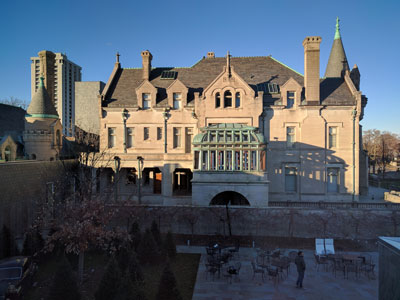
Runner1928, CC BY-SA 4.0, via Wikimedia Commons; Image Size Adjusted
American Swedish institute
Museum and cultural center dedicated to the preservation and study of the historic role Sweden and Swedish Americans have played in US culture and history
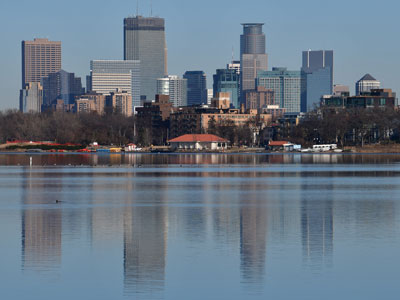
August Schwerdfeger, CC BY 4.0, via Wikimedia Commons; Image Size Adjusted
Bde Maka Ska
Largest lake in Minneapolis and part of the city's Chain of Lakes is surrounded by city park land and circled by bike and walking trails
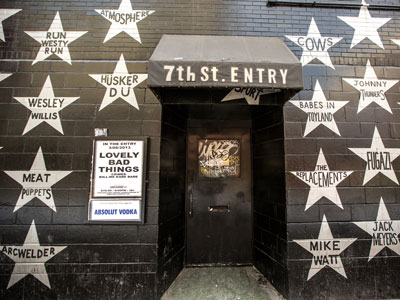
Tony Webster, CC BY-SA 4.0, via Wikimedia Commons; Image Size Adjusted
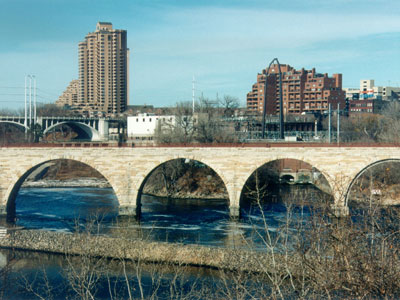
National Archives and Records Administration, Public domain, via Wikimedia Commons; Image Size Adjusted
Grand Rounds National Scenic Byway
Linked series of park areas that takes a roughly circular path through the city
-400.jpg)
Tony Webster from Portland, Oregon, United States, CC BY 2.0, via Wikimedia Commons; Image Size Adjusted
Guthrie Theater
Center for theater performance, production, education, and professional training in Minneapolis
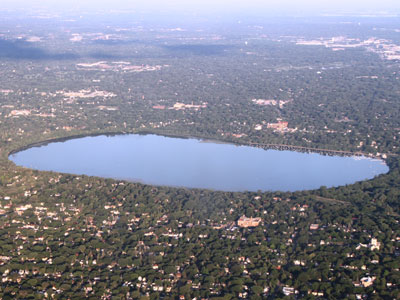
Bjoertvedt, CC BY-SA 3.0, via Wikimedia Commons; Image Size Adjusted
Lake Harriet
Lake in the southwest part of Minneapolis, just south of Bde Maka Ska and north of Minnehaha Creek surrounded by parkland as part of the Minneapolis Chain of Lakes
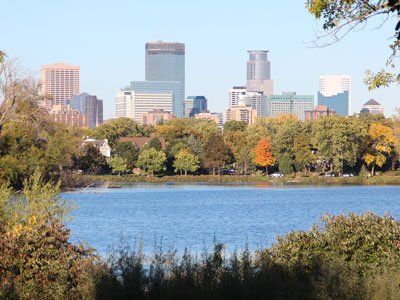
Thomson200, CC0, via Wikimedia Commons; Image Size Adjusted
Lake of the Isles
Lake connected to Cedar Lake and Bde Maka Ska with 2.86 miles of shoreline with a little under three miles of paved walking and biking paths
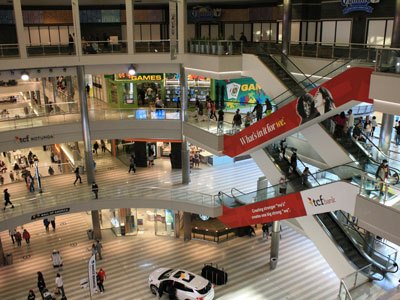
Tyler Vigen, CC BY 4.0, via Wikimedia Commons; Image Size Adjusted
Mall of America
Shopping mall is the seventh largest shopping mall in the world, and the largest in the western hemisphere
-400.jpg)
Greg Gjerdingen from Willmar, USA, CC BY 2.0, via Wikimedia Commons; Image Size Adjusted
Mill Ruins Park
Park in downtown Minneapolis interprets the history of flour milling in Minneapolis and shows the ruins of several flour mills that were abandoned
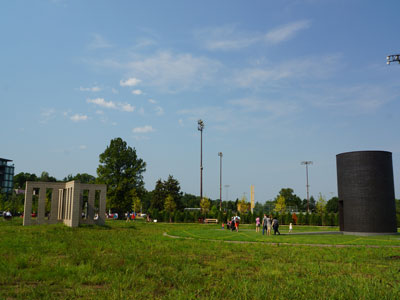
Greg Gjerdingen, CC BY 2.0, via Wikimedia Commons; Image Size Adjusted
Minneapolis Sculpture Garden
11-acre park is one of the largest urban sculpture gardens in the country, with 40 permanent art installations
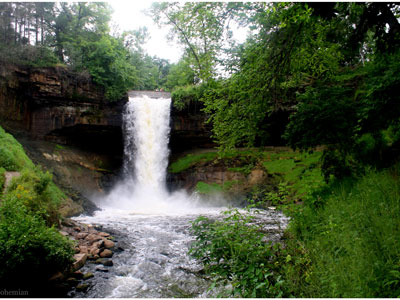
Juliabohemian, CC BY-SA 3.0, via Wikimedia Commons; Image Size Adjusted
Minnehaha Park
City park and home to Minnehaha Falls and the lower reaches of Minnehaha Creek
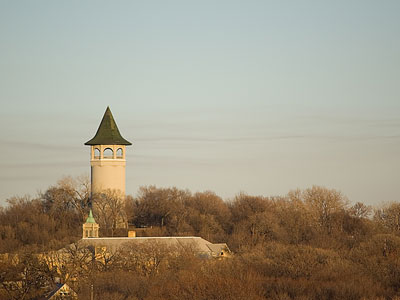
Marumari at the English-language Wikipedia, CC BY-SA 3.0, via Wikimedia Commons; Image Size Adjusted
Prospect Park Water Tower
Historic water tower built in 1913 on Tower Hill Park, a hilltop park
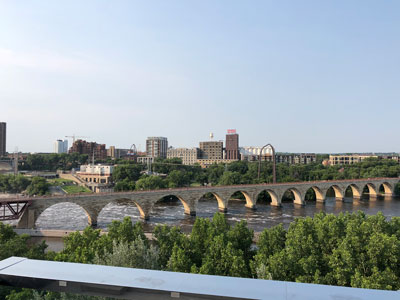
Christina Czuhajewski, CC BY-SA 4.0, via Wikimedia Commons; Image Size Adjusted
Stone Arch Bridge
Former railroad bridge crossing the Mississippi River at Saint Anthony Falls in downtown Minneapolis is now used as a pedestrian and bicycle bridge
Minneapolis is the most populous city in Minnesota and the 46th most populous in the nation. Minneapolis lies along both banks of the Mississippi River, just north of its confluence with the Minnesota River, and adjoins Saint Paul, the state's capital.
With one of the nation's best park systems, the city is abundant in water, with thirteen lakes, wetlands, the Mississippi River, creeks and waterfalls, many connected by parkways in the Grand Rounds National Scenic Byway. The city and surrounding region is the largest population and primary business center between Chicago and Seattle.
Seven counties encompassing Minneapolis and its neighbor Saint Paul are known as the Twin Cities.
Prior to European contact, the Dakota Sioux were the region's sole residents. In Dakota, the city's name is Bdeóta Othúŋwe ('Many Lakes City').
A tourist destination for the Midwest, Duluth features the United States' only all-freshwater aquarium, the Great Lakes Aquarium; the Aerial Lift Bridge, which is adjacent to Canal Park and spans the Duluth Ship Canal into the Duluth-Superior harbor; and Minnesota Point (known locally as Park Point), the world's longest freshwater baymouth bar, spanning 6 miles (10 km). The city is also the starting point for vehicle trips touring the North Shore of Lake Superior toward Ontario, Canada.
French explorers arrived in the region in 1680. Gradually, more European-American settlers arrived, competing for game and other resources with the Native Americans. Per the Treaty of Paris following the Revolutionary War, British land east of the Mississippi River became part of the United States in 1783. In 1803, the US acquired land to the west of the river from France in the Louisiana Purchase.
Fort Snelling was built in 1819 by the US Army at the southern edge of present-day Minneapolis to direct Indian trade away from the British-Canadian traders, and to deter warring between the Dakota and Ojibwe in northern Minnesota. The fort attracted traders, settlers and merchants, spurring growth in the surrounding region. At the fort, agents of the St. Peters Indian Agency enforced the US policy of assimilating Native Americans into European-American society, encouraging them to give up subsistence hunting and to plow for cultivation.
Residents had divergent ideas on names for their community. In 1852, the city's first schoolmaster, Charles Hoag, proposed Minnehapolis, with a silent h, combining the Dakota word for "waterfall", Mníȟaȟa, and the Greek word for "city", polis, which became Minneapolis, meaning 'city of the falls'. The Minnesota Territorial Legislature authorized Minneapolis as a town in 1856, on the Mississippi's west bank. Minneapolis incorporated as a city in 1867 and later joined with the east-bank city of St. Anthony in 1872.
Minneapolis developed around the power source of Saint Anthony Falls, the highest waterfall on the Mississippi River. Forests in northern Minnesota encouraged a lumber industry, which operated seventeen sawmills on power from the waterfall. By 1871, the west river bank had twenty-three businesses, including flour mills, woolen mills, iron works, a railroad machine shop, and mills for cotton, paper, sashes, and planing wood. Minneapolis led the world in flour milling.
As of 2020, Minneapolis-St. Paul area is the second largest economic center in the Midwest, behind Chicago. The economy of Minneapolis today is based in commerce, finance, rail and trucking services, health care, and industry. Smaller components are in publishing, milling, food processing, graphic arts, insurance, education, and high technology.
The Walker Art Center, one of the five largest modern art museums in the US, sits atop Lowry Hill, near downtown. The size of the center doubled with an addition in 2005 by Herzog & de Meuron, and expanded with a 15-acre (6.1 ha) park designed by Michel Desvigne, located across the street from the Minneapolis Sculpture Garden.
Known as Mia since its 100th anniversary, the Minneapolis Institute of Art, designed by McKim, Mead & White in 1915 in south central Minneapolis, is the largest art museum in the city, with 100,000 pieces in its permanent collection. New wings, designed by Kenzo Tange and Michael Graves, opened in 1974 and 2006, respectively, for contemporary and modern works, as well as more gallery space.
The Weisman Art Museum, designed by Frank Gehry for the University of Minnesota, opened in 1993 and offers free admission. A 2011 addition by Gehry doubled the size of the galleries. The Museum of Russian Art opened in a restored church in 2005 and hosts a collection of 20th-century Russian art as well as special events.
The Northeast Minneapolis Arts District has 400 independent artists, a center at the Northrup-King Building, and recurring annual events.
Singer and multi-instrumentalist Prince was born in Minneapolis and lived in the area most of his life.
Saint Paul's Minnesota History Center manages sites statewide, including two in Minneapolis: the Mill City Museum celebrates the city's history of flour milling, and Minnehaha Depot, built in 1875. The American Swedish Institute occupies a former mansion on Park Avenue. The American Indian Cultural Corridor, about eight blocks on Franklin Avenue, holds the All My Relatives Gallery. On Penn Avenue North is the Minnesota African American Heritage Museum and Gallery founded in 2018. In a former mansion one block from Mia is the Hennepin History Museum. On Lake Street is the world's largest and only Somali history museum, the tiny Somali Museum of Minnesota. Formerly known as the Bakken Museum of Electricity in Life, The Bakken shifted gears in 2016 from electricity and magnetism to invention and innovation, and in 2020 opened a new entrance on Bde Maka Ska.
Minneapolis is home to four professional sports teams. The Minnesota Vikings football team and the Minnesota Twins baseball team have played in the state since 1961. The Vikings were an NFL expansion team, and the Twins were formed when the Washington Senators relocated to Minnesota. The Minnesota Timberwolves brought NBA basketball back to Minneapolis in 1989, followed by the Minnesota Lynx in 1999. Both basketball teams play in the Target Center.
The Minneapolis park system has been called[d] the best-designed, best-financed, and best-maintained in America.
The city's Chain of Lakes, consisting of seven lakes and Minnehaha Creek, is connected by bike, running, and walking paths and used for swimming, fishing, picnics, boating, and ice skating. A parkway for cars, a bikeway for riders, and a walkway for pedestrians runs parallel along the 52-mile (84 km) route of the Grand Rounds National Scenic Byway.
Parks are interlinked in many places and the Mississippi National River and Recreation Area connects regional parks and visitor centers. The country's oldest public wildflower garden, the Eloise Butler Wildflower Garden and Bird Sanctuary, is located within Theodore Wirth Park. Wirth Park is shared with Golden Valley and is about 90% the size of Central Park in New York City. Site of the 53-foot (16 m) Minnehaha Falls, Minnehaha Park is one of the city's oldest and most popular parks. The five-mile, hiking-only Winchell Trail along the Mississippi River, with its gorge views and access, offers a rustic hiking experience.
Made possible by Minneapolis' climate, opportunities for winter activities such as ice fishing, snowshoeing, ice skating, and sledding are available at many parks and lakes between December and March.
This article uses material from the Wikipedia article "Minneapolis" which is released under the Creative Commons Attribution-Share-Alike License 3.0